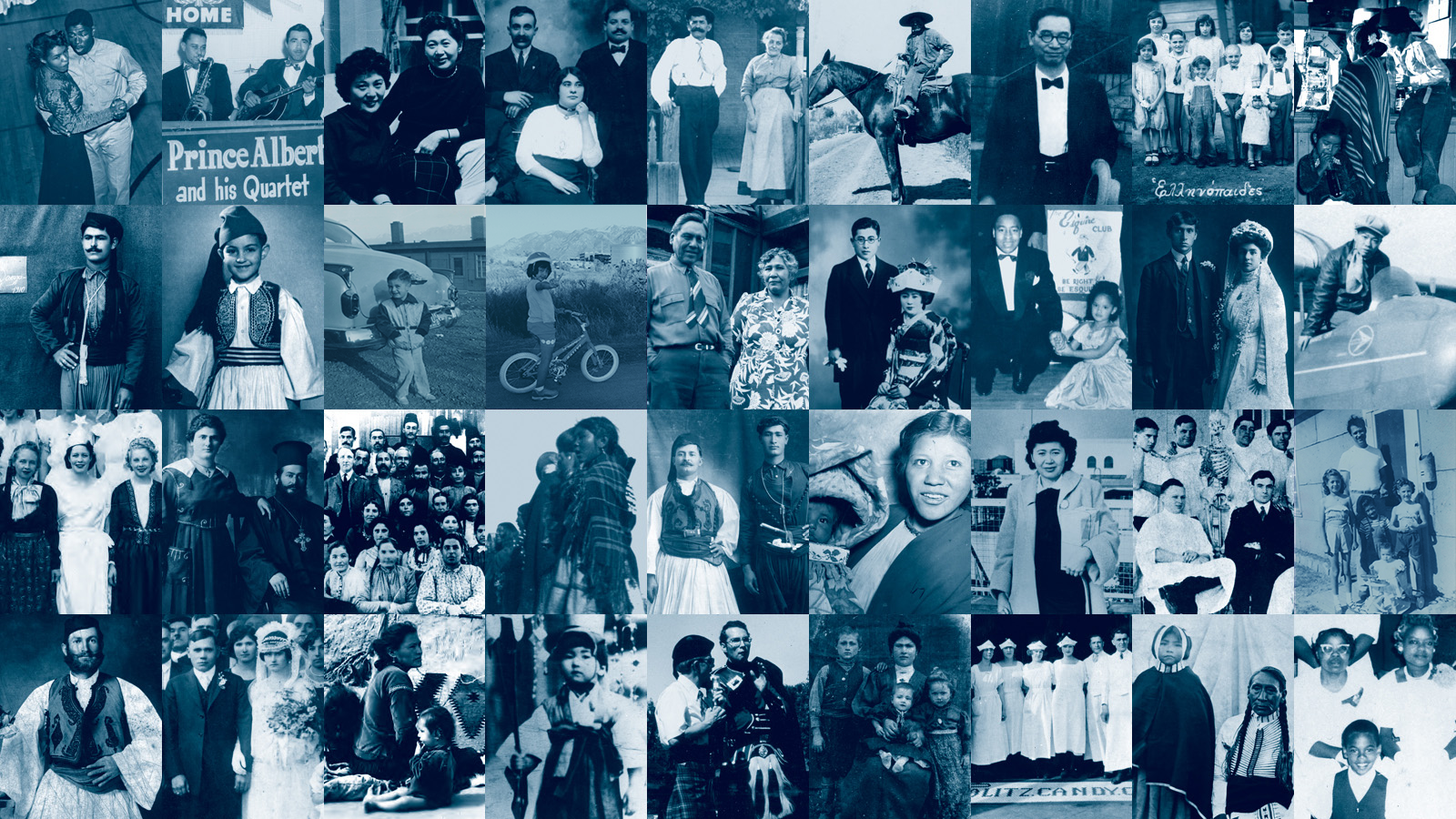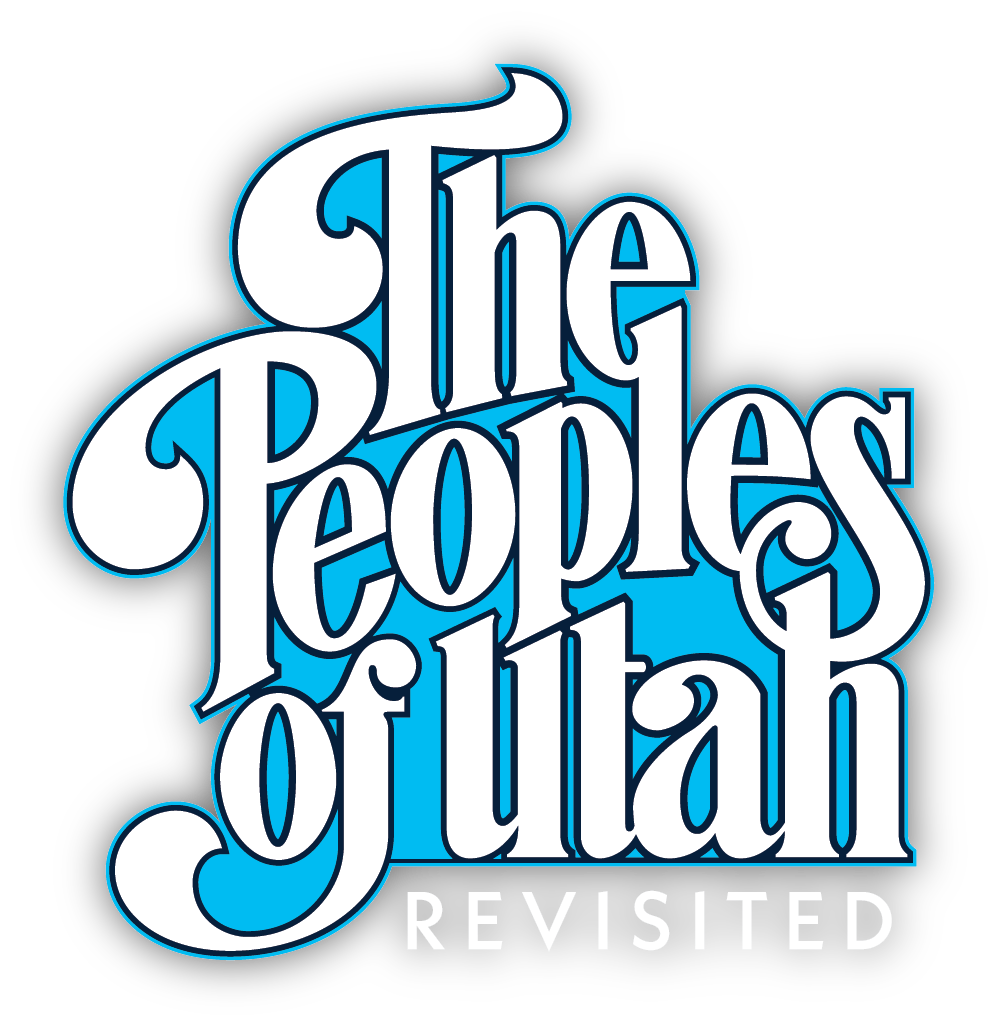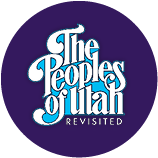YOUR STORY MATTERS
Utah is home to countless communities with distinct and intertwined histories, and many of their stories are still waiting to be shared. Through the Peoples of Utah Revisited, the Utah Historical Society is working to widen the lens on Utah's history and share your stories of the past through the present.
Looking ahead to 2026, the year we will commemorate America250, we invite all Utahns to get involved and share their distinctive histories.
THREE WAYS TO GET INVOLVED
1. SCAN AND SHARE YOUR HISTORY
Attend or host a Scan-and-Share event with your community!
Partner with our team to make digital images of the items that capture your community’s experiences. Working together, we can preserve and share the images, documents, and objects that best represent your past, your family, and your community. Bring 6 to 10 items to scan and share, such as:
- Photographs
- Scrapbooks
- Diaries, journals, letters, memoirs
- News clippings, papers, documents
- Art, poetry, music, recipes
- Medals, ribbons, pins
2. GATHER ORAL HISTORIES
Oral histories are audio or video interviews with community members about their lived experiences. The recordings are transcribed, then both are preserved in archival collections. A community’s oral traditions can also be recorded and preserved in this way.
Would you like to gather oral histories in your community? Our team can provide training, equipment, funding, and guidance for your oral history project. Your recordings and transcriptions will become part of the Peoples of Utah Revisited collection, where they will remain available to the public for research and educational purposes.
3. CONDUCT NEW RESEARCH
Community historians, scholars, and students are invited to submit new research and social history on Utah communities that are not well represented in the historical literature.
Research-driven articles and digital story maps will be published in the Utah Historical Quarterly or the forthcoming Peoples Online, a public-facing website that will launch in 2026.
THE ORIGINAL PEOPLES OF UTAH, 1976
OUR HISTORY
The Peoples of Utah Revisited returns to the groundbreaking work of the 1970s on Utah’s ethnic communities. As part of Utah’s bicentennial commemoration, noted Greek American ethnographer Helen Zeese Papanikolas spearheaded the original Peoples of Utah initiative. The volume was published in 1976, and the project created a priceless collection of historic photographs and documents.
The book and archival collection chronicled the little-known histories of Utah’s Native American, Black, Chinese, Japanese, Jewish, Mexican-American, Middle Eastern, and various European communities. Papanikolas was the first scholar to place their histories alongside the better-known stories of western Americans and Latter-day Saints.
The Peoples of Utah was grounded in immediate, lived experience. Papanikolas was born in Carbon County in 1917 to immigrant parents from Greece. She grew up in Helper at a time when more than 28 global languages were spoken in the area’s mining and railroad towns.
Helen Papanikolas dedicated her career to bringing to light the many peoples who lived in Utah, preserving and sharing their stories for generations to come.
For more information about The Peoples of Utah Revisited. contact:



